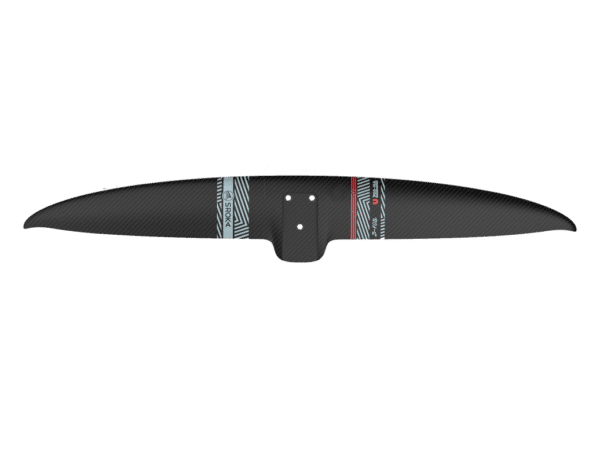

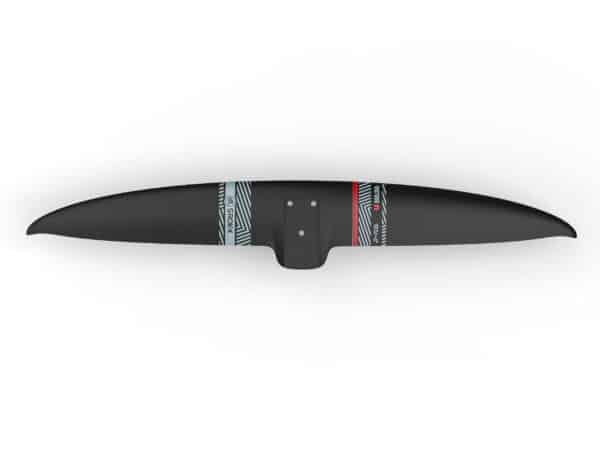
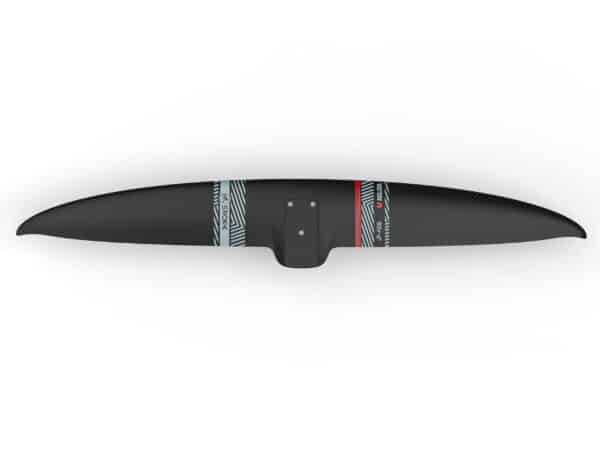
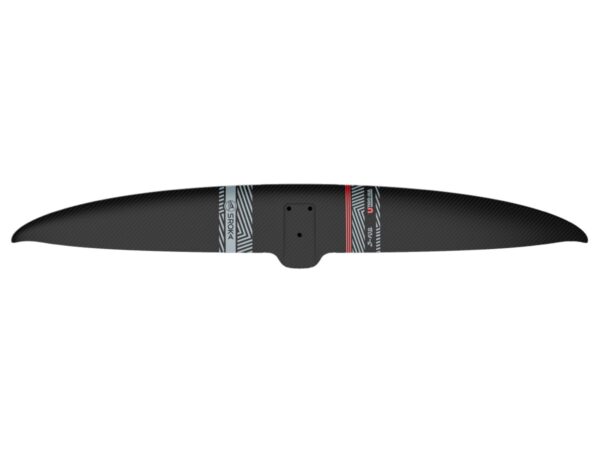
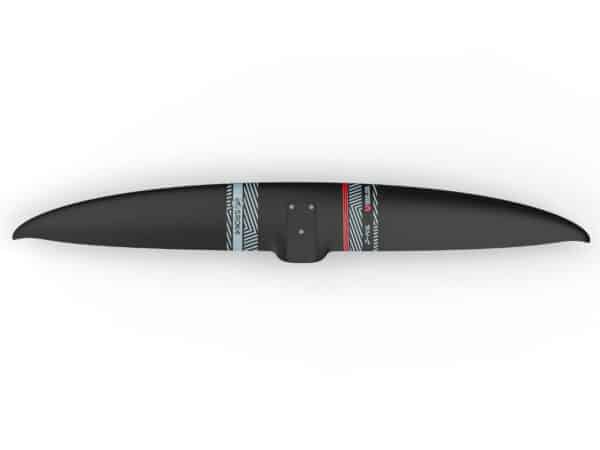
We have developed this range with a very high Ratio aspect to maximize glide and speed. These UHA kites will be perfect for Fast downwind – Pumping – dosck Start – Pump race, Sup – Sup race- downwind – Freefly and freeride in wing foil.
Downwinding involves sailing along currents and descending winds, using a board (such as SUP foiling or wing foiling), or as a paddleboard foil.
The objective is to let yourself surf and slide in the direction of the swell with the wind at your back.
It’s like dancing with the natural elements!
Downwind and sup foiling are really disciplines in their own right and technical that require specific equipment.
The feeling of flying over the water effortlessly And going down the swell trains is really a magical feeling and very difficult to describe.
To navigate in these conditions, you have to generate enough speed with the paddle to take off and then follow the wind swell.
Therefore, you have to adapt your equipment in order to optimize performance and thus be efficient in downwinding when rowing.
This requires a very elongated board, and tapered to maximize glide and reduce drag.
And in terms of foiling, you have to increase the wingspan of the foils to make it easier to glide and thus fly with very little energy and above all to be as efficient as possible.
Which foil to choose for downwinding?
The choice of foil is really an important element to maximize glide and reduce drag.
It is therefore necessary to increase the wingspan, reduce the chord and, if possible, have a profile that is ultra-fast and efficient.
However, you must adapt your foil to several criteria:
Your size :
The place of the downwinder :
Your technical level :
So to start, we advise you to opt for the 1260 UHA or the 1100 UHA.
If you are confirmed to expert, the entire range is will be adapted to your practices.
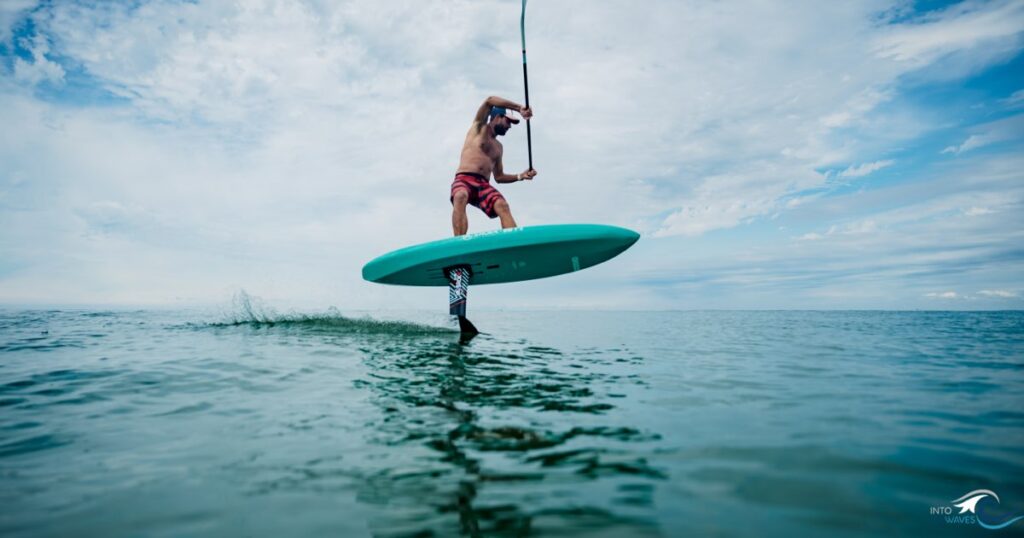
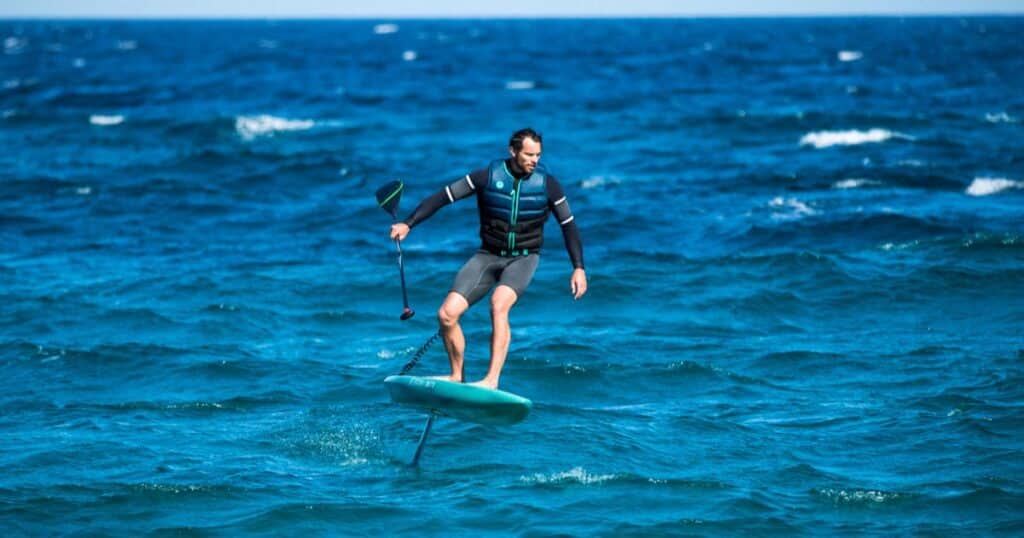
Downwinding is a practice that consists of descending downwind and currents with a foil and a sup foil or wing foil board.
The objective is to let yourself be carried by the wind and the swell and to let yourself slide downwind over more or less long distances.
Wind : Opt for a 15 to 25 knot wind blowing in the same direction as the swell.
Swell : Choose a route with a swell that has already formed and a period that is not too fast.
(the faster the period, the faster you will have to go and vice versa).
A medium period will allow you to maintain a good speed without having to accelerate all the time.
Don’t forget all the safety equipment because you will move away from the edge and therefore you will not be as visible as at the edge in case of a problem.
Wear a good SUP leash to avoid losing your board in the event of a fall.
A thicker leash will ensure better safety.
A leash that breaks in the middle of the sea is not a fun experience.
Be aware of weather conditions and currents to avoid dangerous situations.
Inform your entourage or the cross-country of your departure.
Always leave with the necessary equipment for your safety (phone, GPS, mirror, warning light, etc.)
A good wetsuit can save your life if you stay in the water for a long time.
You can use a carbon or aluminum foil to downwind.
The Carbon Foil will have a higher output with less drag and more glide.
This will further optimize the glide of the UHA range.
However, the S-foil Alu will do just fine.
You will slide a little less but the glide and speed will be excellent.
SROKA SHOP
62 rue de Penhoat – 29850 Gouesnou, France
Timetables
Monday to Friday
9:15 a.m. to 5:45 p.m.
